Several pioneering families and individuals significantly influenced the development of the Mojave Desert. Among them were the Stoddard brothers, Lafayette Mecham, Aaron Lane, John Brown Sr., Hieronymous Hartman, the Fears family, the Swarthout family, William Holcomb, Jed Van Duzen, Heber Huntington, and Max Stroebel. These figures played a crucial role in shaping the region’s history through their contributions to infrastructure, mining, ranching, and settlement.
The Stoddard Brothers
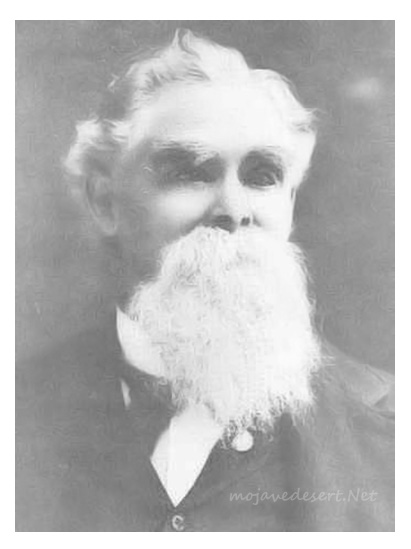
Arvin and Sheldon Stoddard were instrumental in developing the Mojave Desert. The brothers, originally from Canada, moved to the United States and later settled in San Bernardino. They contributed to the establishment of infrastructure such as wells and roads. Arvin drilled the well-known Stoddard Well, and the brothers created Stoddard Wells Road, reducing travel time and aiding in the region’s development (Desert Gazette) (Desert Gazette) (Digital Desert) (Digital Desert).
Lafayette Mecham

Lafayette Mecham was awarded a contract in 1867 to transport hay from Little Meadows to Camp Cady. He established a more direct route, which later became part of Stoddard Wells Road, and operated a station at Fish Ponds. His efforts significantly improved transportation and infrastructure in the Mojave Desert (Digital Desert) (Digital Desert).
Aaron Lane
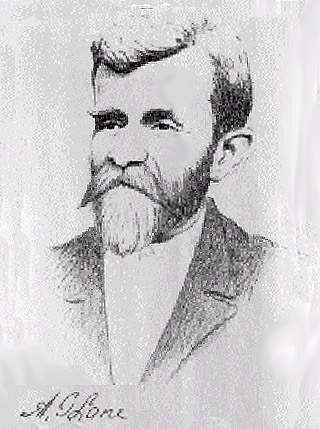
Aaron G. Lane was the first permanent settler on the High Desert, establishing Lane’s Crossing in 1858. Despite facing numerous challenges, including raids and threats, Lane’s settlement became a crucial waypoint for travelers and military missions, contributing to the early development of the area (Mojave Guide) (Mojave Guide).
John Brown Sr.
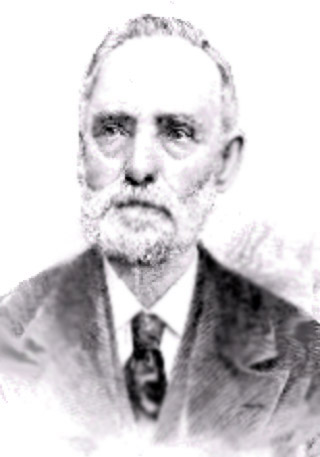
John Brown Sr. built a toll road through the Cajon Pass in 1861, facilitating the movement of goods and people. This road, known as Brown’s Toll Road, was essential for travelers and significantly impacted the region’s development. Brown also engaged in trade with local Native American tribes and operated a ferry at Fort Mojave (Mojave Guide) (Desert Gazette) (Digital Desert).
Hieronymous Hartman
Hieronymous Hartman, also known as Hiram Hartman, was a rancher and prospector involved in significant mining operations, including the Hartman Tungsten Mine. Despite his contributions to the local economy, Hartman had a controversial reputation. He was a storekeeper in Calico, a booming silver mining town in the 1880s. Hartman was imprisoned for bigamy in 1900, and his wife died before his release, ironically leaving him her estate. Hartman was later killed in 1908 by Stanley Houghton, who was acquitted, indicating Hartman’s unpopularity in the community (Mojave Guide) (Mojave Guide) (Mojave History) (FindAGrave) (Southwest Parks) (CampReview).
The Fears Family
The Fears family, led by James “Uncle Jim” Fears, were significant settlers in the Cajon Pass during the 1860s. They established a way station that served travelers, providing essential services and facilitating commerce. James Fears later moved to Spadra and remained there until his death (Digital Desert) (Buckthorn Publishing) (Digital Desert).
The Swarthout Family
The Swarthout family arrived in San Bernardino in 1851 and established themselves as prominent ranchers. Nathan, Albert, Truman, and George Swarthout owned large tracts of land and raised cattle, with the Swarthout Valley named in their honor due to their significant presence (Wrightwood Historical Society) (Mojave Desert Archives).
William Holcomb
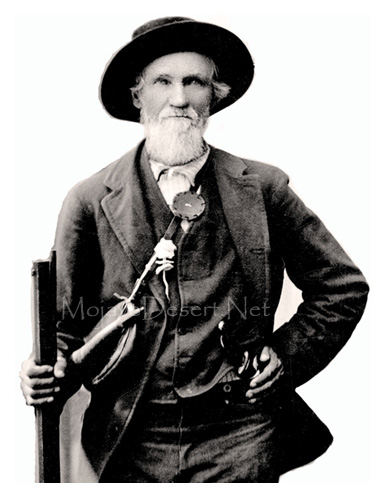
William F. Holcomb discovered gold in Holcomb Valley in 1860, sparking the biggest gold rush in Southern California history. Holcomb’s discovery brought many prospectors to the area, and Holcomb Valley became a thriving mining community. His contributions to the region’s mining history are commemorated through the valley named after him (Digital Desert) (Mojave Guide) (Digital Desert).
Jed Van Duzen
Jed Van Duzen was a blacksmith who graded a crucial road between the Victor Valley and the San Bernardino Mountains. In 1874, he was contracted to carry the U.S. Mail from San Bernardino to Prescott, Arizona, ensuring weekly postal delivery to the Mojave River Settlement. His road played a significant role in facilitating the transport of goods and mail through the region (SBC Sentinel).
Heber Huntington
Heber Huntington operated a prominent way station in Victorville during the 1870s. He transformed the station into a trading post, providing provisions, ammunition, fresh horses, blacksmithing services, and meals, supporting the needs of travelers and settlers in the Mojave Desert.
Max Stroebel
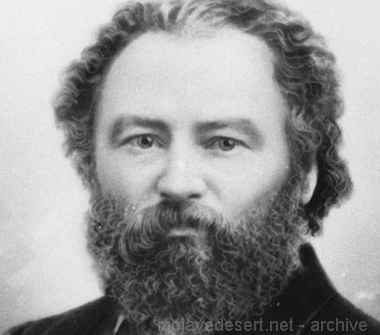
Max Stroebel purchased the entire Hesperia townsite for cash in 1870. His acquisition and subsequent development efforts contributed to the area’s growth and settlement, supporting the regional economy and infrastructure during a critical period of expansion in the Mojave Desert (SBC Sentinel).
Connections and Overlaps
The pioneers who shaped the Mojave Desert likely knew of each other or interacted due to overlapping activities, periods, and geographical regions.
- Stoddard Brothers and John Brown Sr.:
- Both the Stoddard brothers and John Brown Sr. were involved in developing roads in the region, suggesting possible interactions or at least mutual awareness (Desert Gazette) (Desert Gazette) (Digital Desert) (Digital Desert) (Mojave Guide) (Desert Gazette) (Digital Desert).
- Lafayette Mecham and the Stoddard Brothers:
- Mecham’s direct road and the Stoddard’s infrastructure projects indicate they likely crossed paths or were aware of each other’s work (Digital Desert) (Digital Desert) (Desert Gazette) (Desert Gazette).
- Aaron Lane and Other Settlers:
- Lane’s Crossing, a critical stop for travelers, was likely frequented by other pioneers, including the Stoddard brothers and Mecham (Mojave Guide) (Mojave Guide) (Desert Gazette) (Desert Gazette).
- Hieronymous Hartman:
- Hartman’s activities in ranching and mining placed him in proximity to other significant figures in the Mojave Desert, though his controversial reputation set him apart (Mojave Guide) (Mojave Guide) (Mojave History) (FindAGrave).
- Fears Family and Regional Pioneers:
- The Fears family’s way station in the Cajon Pass would have served many travelers, including other prominent pioneers (Digital Desert) (Buckthorn Publishing) (Digital Desert).
- Swarthout Family:
- Their extensive ranching operations would have brought them into contact with other regional settlers and pioneers (Wrightwood Historical Society) (Mojave Desert Archives).
- William Holcomb:
- Holcomb’s gold discovery drew many to the area, likely resulting in interactions with other miners and settlers involved in the desert’s development (Digital Desert) (Mojave Guide) (Digital Desert).
- Jed Van Duzen:
- Van Duzen’s road construction and mail delivery services connected vital areas, linking him with other pioneers involved in transportation and settlement activities in the Mojave Desert (SBC Sentinel).
- Heber Huntington:
- The area now Victorville was initially known as Huntington’s Crossing, named after Heber Huntington, a Mormon pioneer who settled there in the mid-19th century. Huntington’s operation of a way station and trading post connected him with travelers and other settlers, making him a significant figure regionally.
- Max Stroebel:
- Stroebel’s purchase and development of the Hesperia townsite positioned him as a key player in the expansion and economic growth of the Mojave Desert, interacting with other pioneers involved in settlement activities (SBC Sentinel).
Conclusion
These pioneers’ combined efforts significantly impacted the Mojave Desert’s development. Their work in establishing critical infrastructure, supporting community development, and their adventurous pursuits left a lasting mark on the region. Today, their names are commemorated through various landmarks, ensuring their contributions are remembered in the history of the American West.